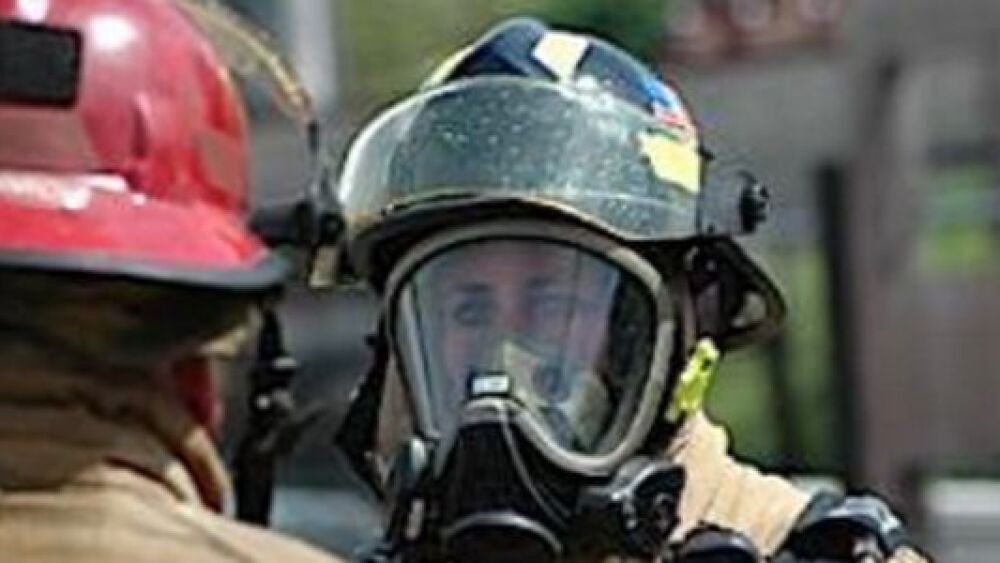Two of the most important pieces of equipment that have a significant influence on firefighter safety, particularly during interior firefighting operations, are the firefighter’s SCBA and their PASS device.
The NFPA is currently updating its two applicable standards, NFPA 1981 – Standard on Open-Circuit Self-Contained Breathing Apparatus for Emergency Services and NFPA 1982 – Standard on Personal Alert Safety Systems (PASS). The 2018 editions for both standards are on track for issuance this November and would take effect in December.
The technical committees have reviewed significant areas of focus for both standards as part of the standards revision process. Some of these may impact SCBA manufacturers as it relates to the design and operation of the SCBA. Here are what those coming changes look like.
NFPA 1981
The revised standard will include a requirement for second-stage regulator removal and retention. While this topic was discussed during the revision process that produced the 2013 edition, it did not make it into the final version.
The 2018 edition of NFPA 1981 will include a strength of interface test between the facepiece and second-stage regulator to ensure that the second-stage regulator will not pull out of the facepiece lens. The test would pull the regulator by the low-pressure hose in five different directions at a force of 56.2 pounds.
The revised standard would also include a requirement for two distinct actions by the firefighter when removing the regulator, such as a pull or push to release latch and rotate the regulator.
Additional requirements cover pneumatic data logging, which documents the user’s air consumption. The minimum requirements for pneumatic data logging will include:
- Available air supply upon SCBA activation, with pressure, date and time stamp.
- Data logging at 30-second intervals, with pressure, date and time stamp.
- Data logging of available air pressure milestones: 75, 50 and 33 percent, and activation of the end of service time indicator.
- User’s breathing rate at 30-second intervals at a minimum of 5-lpm resolution.
- Document the SCBA’s heads-up display deactivation, with pressure, date and time stamp.
- Retain 36 hours of stored data.
- Ability to download data to a comma-separated values file for import into spreadsheets and databases for statistical analysis.
The task group for 1981’s revisions is also working to develop a standardized emergency breathing support system (EBSS) fitting that would be universal between SCBA manufacturers. Other minimum requirements for the EBSS will include:
- An operating range of 80 to 150 psi.
- Male and female fittings that allow bi-directional airflow, with a check valve to prevent contamination from entering the air circuit.
- A minimum hose length of 20 inches.
- Accessible using only one hand and able to be deployed by pulling in a single direction.
- Readily visible and an identified pouch containing the EBSS.
The task group is working with the technical committee on electronic safety equipment to improve a firefighter’s ability to communicate when using their SCBA by developing joint performance requirements for hard-wired and wireless radio interface systems.
- The task group chose the Bluetooth technology protocol as the profile for wireless radio interface systems working with SCBA.
- Wireless communications would include the connection from an in-mask microphone, remote speaker microphone or voice amp to a land mobile radio.
In a related development, the task group is recommending that NFPA 1802, Standard on Personal Portable Two-Way Radio Communications Devices, be revised to include reference to adding SCBA to the list of devices able to connect to a LMR, as an alternative to a traditional lapel speaker/microphone.
Although the revision process for NFPA 1981 is not currently reviewing any changes related to thermal performance of the facepiece lens, the University of Illinois Fire Service Institute has received federal grant funding and continues to conduct research in this area.
Finally, NIOSH is developing criteria for labs to be eligible to perform chemical, biological, radiological and nuclear testing for SCBA manufacturers to obtain CBRN certification for their products. The criteria will be applied to the U.S. Army’s Edgewood Arsenal facility to help ensure future reliability, but it can also be applied to any other labs that might be interested in performing CBRN testing.
NFPA 1982
A radio frequency signal is an electromagnetic wave that communications systems use to transport information through air from one point to another. RF signals have been in use for many years. They provide the means for carrying music to FM radios and video to televisions. In fact, RF signals are the most common means for carrying data over a wireless network.
The proposed revisions to NFPA 1982 related to RF transmissions of a PASS activation, to say, a computer-aided dispatching system or incident command software at a command post, include two new RF PASS tests to improve reliability.
- Multi-hop – Wireless networks that use two or more wireless hops to convey information from a source to a destination.
- Multipath – Propagation phenomenon that results in radio signals reaching the receiving antenna by two or more paths.
One of the challenges for firefighters and officers engaged in interior fire suppression is the ability to hear the audible alarm from an activated PASS device. From a consumer perspective, this could be translated as the volume not being as loud as SCBA manufactured prior to the 2013 edition of NFPA 1982 or not being able to discern direction and track the location of the sound.
The revised NFPA 1982 will include the requirement for a new universal PASS tone to improve audible detection by the human ear.
For both NFPA 1981 and NFPA 1982, the public comment period ended Nov. 17, 2016. The last day for reference to 2013 edition will be Aug. 31, 2018.
The full listing of revisions for NFPA Standards for Cycle F2017 is available on the NFPA website.













